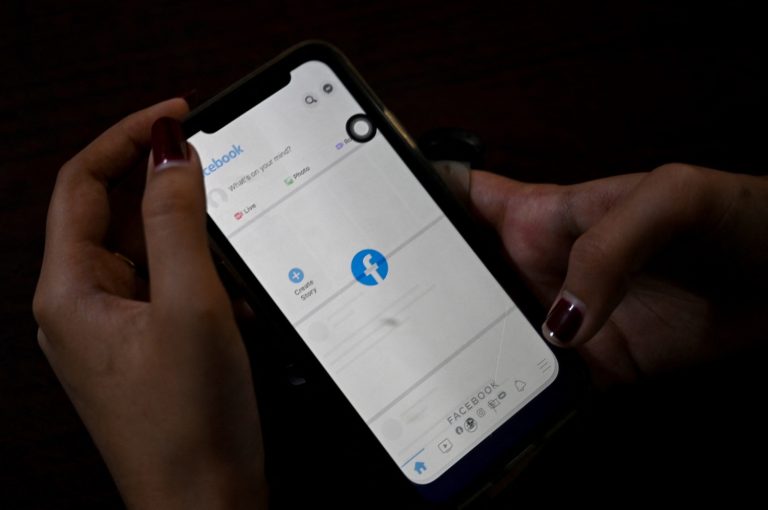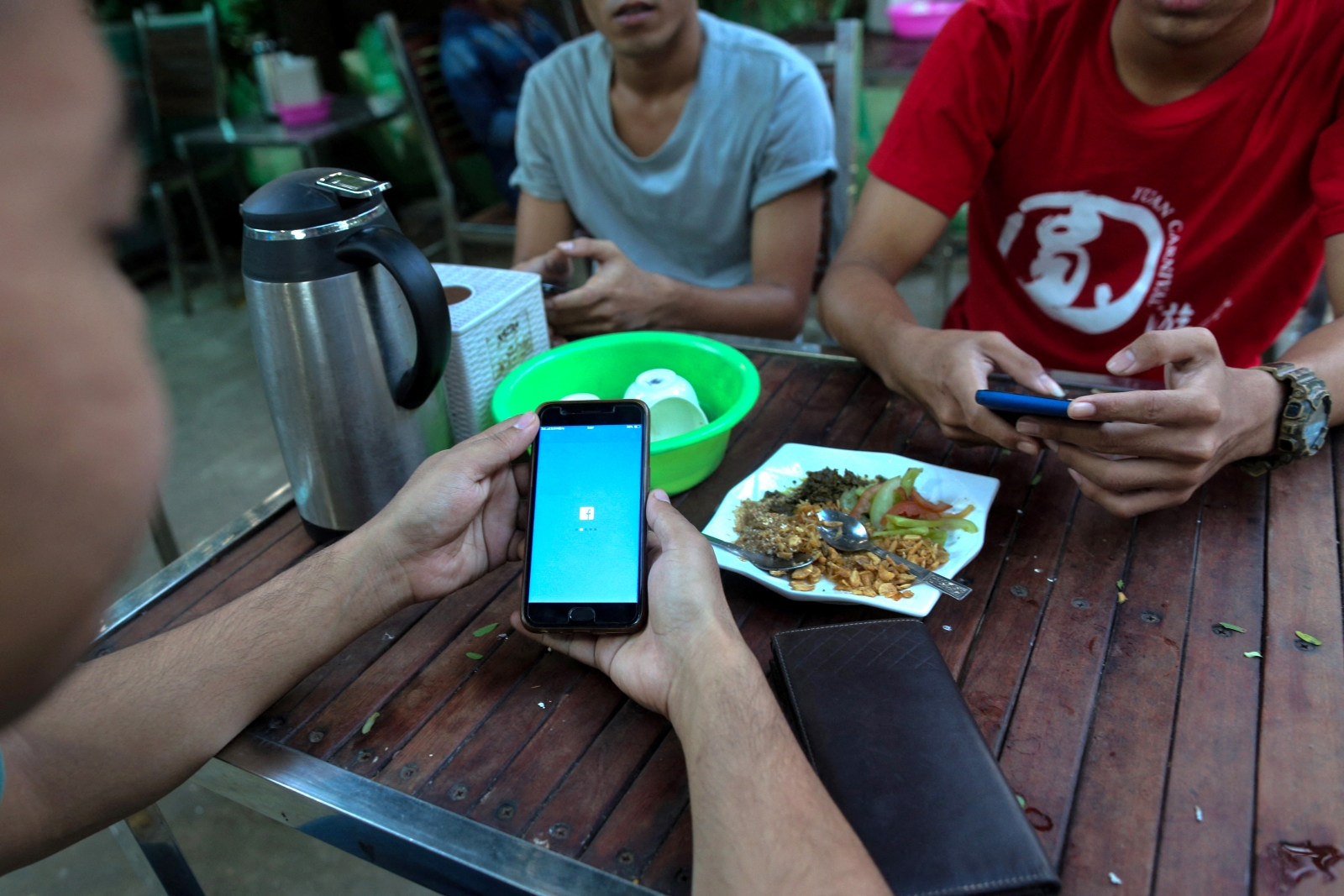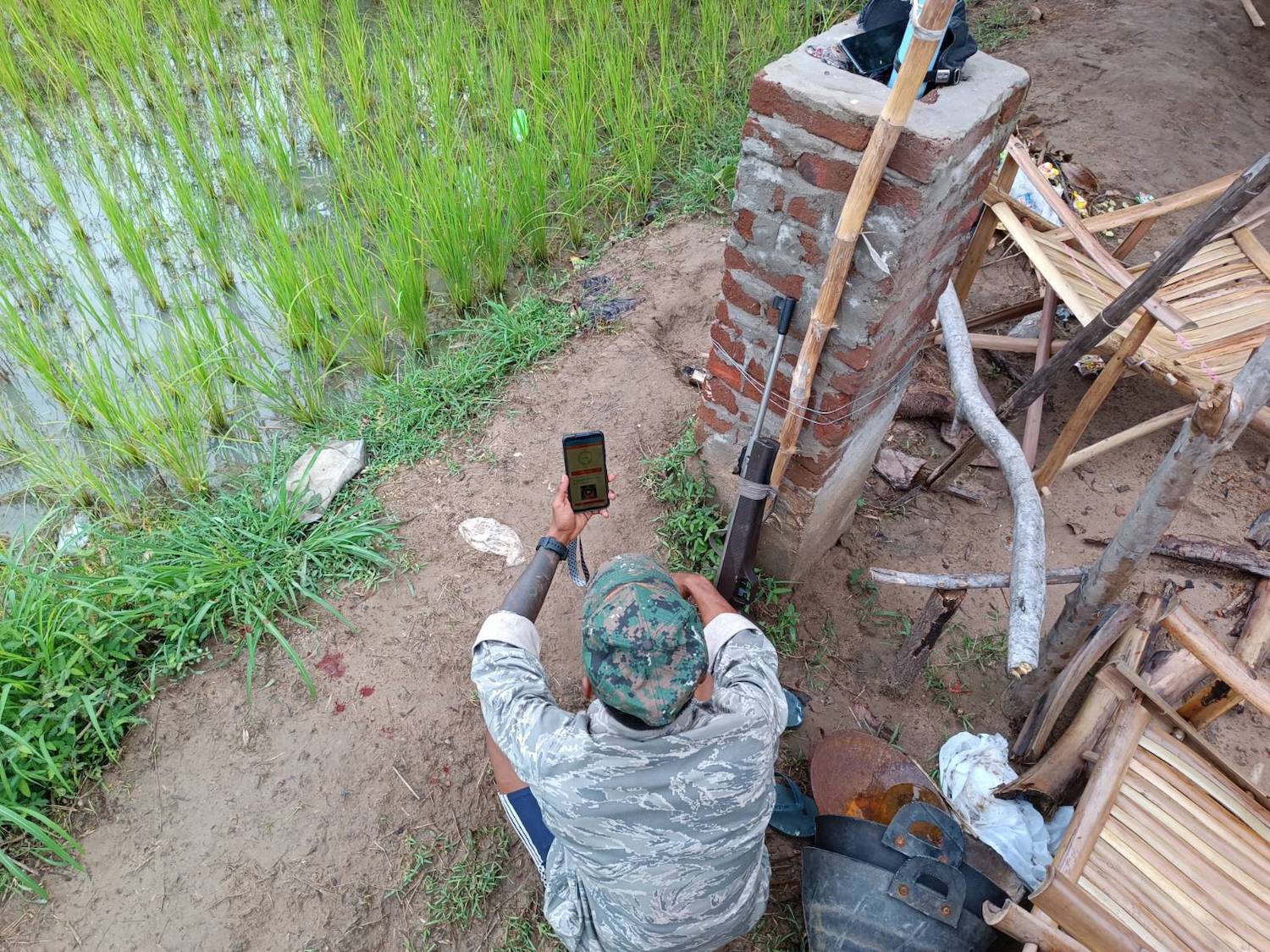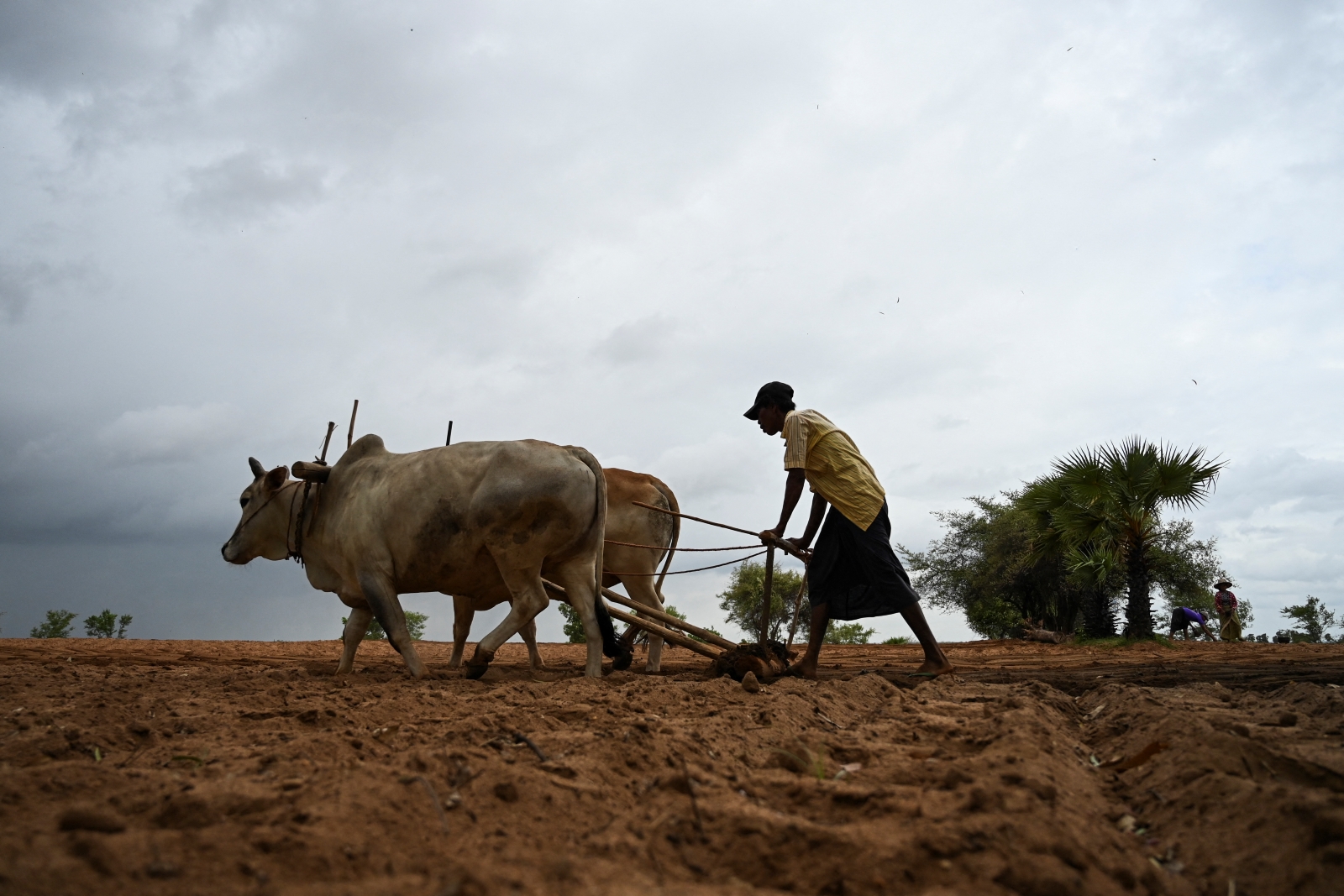A member of the World Bank Group has guaranteed a US$100 million loan from a Hong Kong-based bank for the installation of 4,500 kilometres of fibre optic cable in Myanmar, it said last week.
The Multilateral Investment Guarantee Agency had backed the $105.74 million loan from the Bank of China (Hong Kong) to the Myanmar Fiber Optic Communication Network, MIGA said in a statement on January 25.
The guarantee provides coverage for up to five years against such risks as currency inconvertibility and transfer restrictions, expropriation, and war and civil disturbance, MIGA said.
The rollout will link 66 cities and towns in 10 states and regions in central and southern Myanmar and significantly improve communications in rural areas, it said.
“By extending telecom services to underserved areas in Myanmar, this will help take the country’s development to the next level,” Mr Lin Jingzhen, deputy chief executive of Bank of China (Hong Kong), was quoted as saying.
Support more independent journalism like this. Sign up to be a Frontier member.
The project is part of a broader plan to install 32,000km of cable between 2012 and 2023, more than half of which had been completed, the statement said.
“By building out the fibre optic cable backbone network across the country, the project is expected to support increased access to telecom services in both rural and urban areas,” MIGA executive vice president and CEO Mr Keiko Honda was quoted as saying.
“We’re pleased to play a part in unleashing Myanmar’s potential as it moves to its exciting next chapter.”
MIGA said the estimated total cost of the fibre optic project was $118.6 million, with $18.6 million being financed through equity investment by communications network infrastructure company HyalRoute.
Communication networks have improved significantly since the reformist U Thein Sein government took office in 2011 and began liberalising the sector, which had been monopolised for decades by state-owned Myanma Posts and Telecommunications. More than 50 million SIM cards are in use and the mobile phone penetration rate is estimated to exceed 70 percent, up from 15 percent in 2013, with a high proportion using data.
The sharp increase in the penetration rate is mainly the result of private sector investment. The government awarded telecoms licences to foreign operators Telenor and Ooredoo in 2014, ending the monopoly of MPT, which has since teamed up with Japan’s KDDI and Sumitomo. On January 12 a fourth operating licence was awarded to the Myanmar National Tele & Communications Co Ltd, in which Viettel, owned by the Vietnamese military, has a 49 percent share. Trading as Mytel, the company plans to invest $1.3 billion and launch services in 2018, according to documents filed with the Myanmar Investment Commission.
MIGA was created in 1988 to promote foreign direct investment in emerging economies. MIGA’s active gross exposure in Myanmar to December 31 last year was $511.9 million, all of it in the telecommunications sector.






